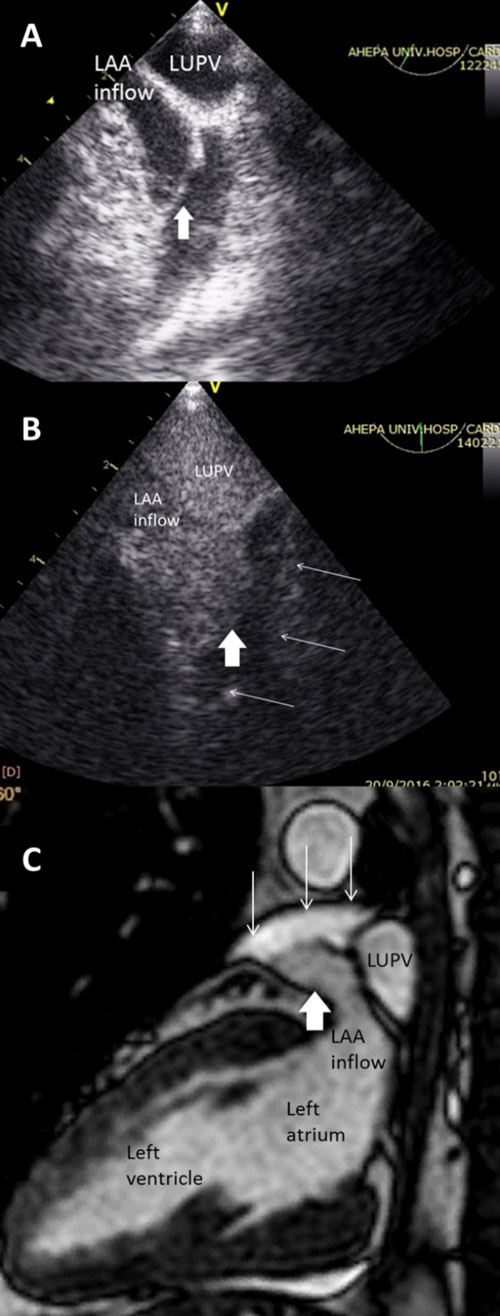

To comprehend the challenges and limitations of bedside ultrasound.To differentiate pericardial effusions from pleural effusions.To identify and classify pericardial effusions.To learn the bedside ultrasound technique to evaluate the heart.To understand the role of cardiac point of care ultrasound (POCUS) also known as focused cardiac ultrasound (FOCUS).SAEMF/CDEM Innovations in Undergraduate Emergency Medicine Education GrantĬareer Development and Mentorship CommitteeĬommunications and Social Media CommitteeĪuthor: Ryan Gibbons, MD FAAEM, The Lewis Katz School of Medicine at Temple UniversityĮditor: William Scheels, MD, The Medical College of Wisconsin Presidential Address: Where Do We Go From Here?ĮMF/SAEMF Medical Student Research Training Grant Virtual Rotation and Educational ResourcesĬommittee Update: NBME EM Advanced Clinical Examination Task Force We’ll listen to you and talk with you about all available care options, and together, we’ll determine the right treatment plan for you.Visit us on Twitter LinkedIn Facebook YouTubeĮffective Consultation in Emergency Medicine Video Our specialists are experts at caring for your heart – and caring for you as a person. Your treatment will depend on what’s causing the pericardial effusion and the severity of your symptoms.

Electrocardiogram (EKG) to check your heart’s electrical activityįind out more about our heart and vascular testing and diagnosis. Echocardiogram, or heart ultrasound, that shows your heart’s size and motion. Radiographic imaging, such as chest X-ray or CT scan to see pictures of your heart and chest. We may order diagnostic tests for you, too, such as: To diagnose pericardial effusion, we’ll talk with you about your medical history and any symptoms you may be having and give you a thorough physical exam. We care for many patients, but you’re much more than a number to us. Metastatic cancer (cancer that started in one body part and spread), especially lung cancer, breast cancer or leukemia. Symptoms of fluid around the heart can include: But if you do have symptoms, it’s important to see your doctor as pericardial effusion can become serious and life-threatening. Pericardial effusion symptomsįluid on the heart can build up slowly without any signs, so you may not even know you have the condition. If left untreated, pericardial effusion can lead to heart failure or even death. That can make it harder for your heart to function. This fluid surrounds and helps cushion your heart.īut if your heart becomes inflamed from a disease or injury or there’s bleeding after a chest trauma, extra fluid can build up in the pericardium. Normally, there’s a small amount of fluid between the pericardium and your heart. It’s an accumulation of extra fluid within the pericardium, the protective sac that surrounds your heart. Pericardial effusion is often called fluid around the heart. At Aurora, you’re in excellent hands with some of the most experienced and dedicated heart specialists in the region. When you’re not feeling well from fluid around the heart, you want to know why and find the right treatment. Carotid artery disease (blocked carotid artery).






 0 kommentar(er)
0 kommentar(er)
